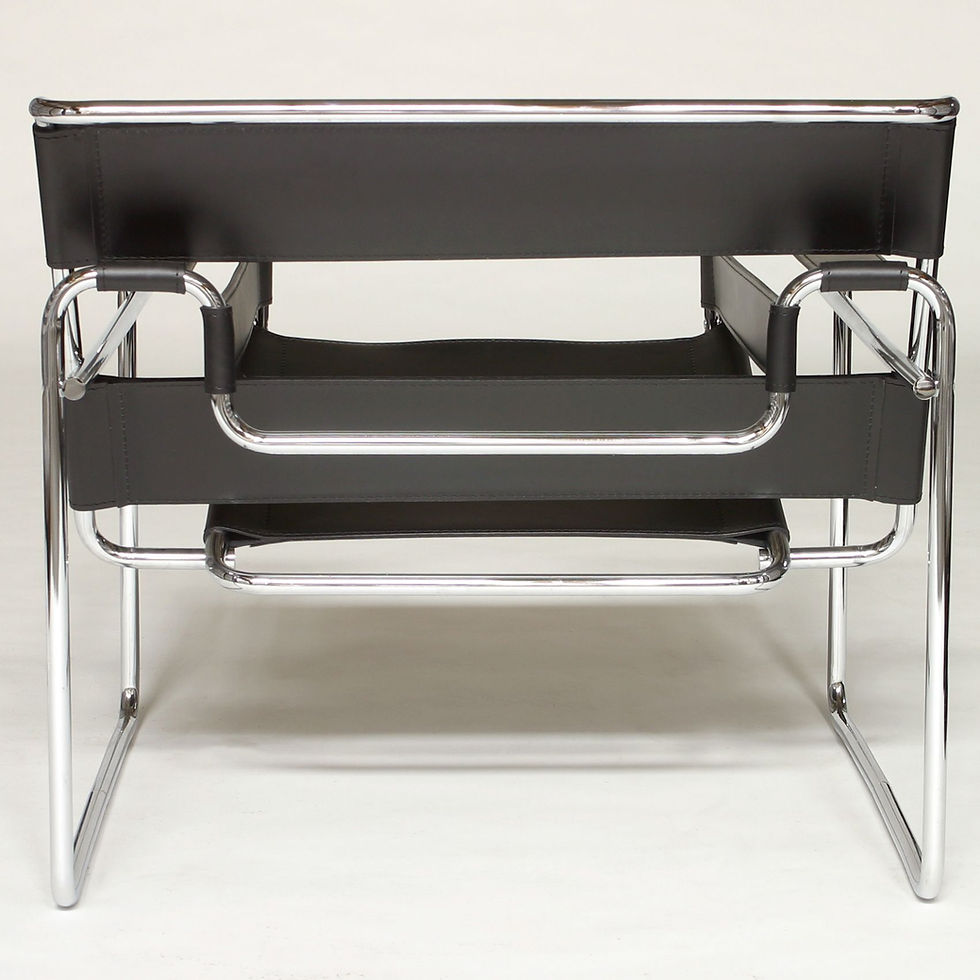BARCELONA TABLE 1930
ABOUT THE QUALITY
Table with base in chromed plated flat bar steel. Tempered glass top in 15 or 19mm thickness. MADE IN ITALY
ABOUT THE PRODUCT
In 1929 Barcelona was host to the World Arts Fair, and the German government commissioned Mies to design the German Pavilion at Montjuic as part of the exposition. Mies also designed the chairs used in it, the “Barcelona chair”. The chairs were the centerpiece of the Pavilion, and they served as thrones for the King and Queen of Spain when they visited. The Barcelona table is an extension of the collection, following the same design principles.
ABOUT THE DESIGNER
Ludwig Mies Van der Rohe
Ludwig Mies Van der Rohe was born in Aachen, Germany in 1886. He worked in the family stone-carving business before he joined the office of Bruno Paul in Berlin. He entered the studio of Peter Behrens in 1908 and remained until 1912. Under Behrens’ influence, Mies developed a design approach based on advanced structural techniques and Prussian Classicism. He also developed a sympathy for the aesthetic credos of both Russian Constructivism and the Dutch De Stijl group. He borrowed from the post and lintel construction of Karl Friedrich Schinkel for his designs in steel and glass. Mies worked with the magazine G which started in July 1923. He made major contributions to the architectural philosophies of the late 1920s and 1930s as artistic director of the Werkbund-sponsored Weissenhof project and as Director of the Bauhaus. Famous for his dictum ‘Less is More’, Mies attempted to create contemplative, neutral spaces through an architecture based on material honesty and structural integrity. Over the last twenty years of his life, Mies achieved his vision of a monumental ‘skin and bone’ architecture. His later works provide a fitting denouement to a life dedicated to the idea of a universal, simplified architecture Mies died in Chicago, Illinois in 1969.





























